MARIANI’SVirtual
Gourmet
September
4,
2011
NEWSLETTER
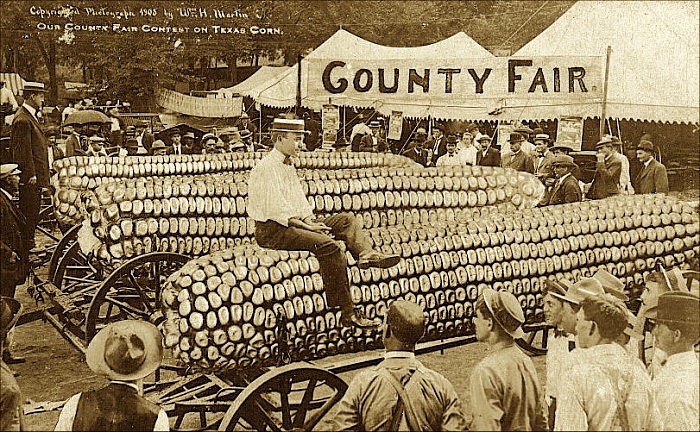
Colorado, Texas, County Fair (1900)
HAVE A GOOD LABOR DAY WEEKEND!
Follow @VirtualGourmet
Very Important Announcement!
 |
My latest book, written with Jim Heimann and Steven Heller, Menu Design in America, 1850-1985 (Taschen Books), has just appeared, with nearly 1,000 beautiful, historic, hilarious, sometimes shocking menus dating back to before the Civil War and going through the Gilded Age, the Jazz Age, the Depression, the nightclub era of the 1930s and 1940s, the Space Age era, and the age when menus were a form of advertising in innovative explosions of color and modern design. The book is a chronicle of changing tastes and mores and says as much about America as about its food and drink.
“Luxuriating vicariously in the pleasures of this book. . . you can’t help but become hungry. . .for the food of course, but also for something more: the bygone days of our country’s splendidly rich and complex past. Epicureans of both good food and artful design will do well to make it their cofee table’s main course.”—Chip Kidd, Wall Street Journal.
“[The menus] reflect the amazing craftsmanship that many restaurants applied to their bills of fare, and suggest that today’s restaurateurs could learn a lot from their predecessors.”—Rebecca Marx, The Village Voice.
“Restaurateurs, take note: A resurgence in thoughtful, artistic menus is past due.”—Bon Appetit Magazine |
Summer's End in Miami and Bal Harbour
by Christopher Mariani
New York Corner: LOLA
by John Mariani
Man About Town: SF Chefs 2011
by Christopher Mariani
Brutal Heat Doesn't Bother Arizona Wines...Much
by John Mariani
and Bal Harbour
by Christopher Mariani
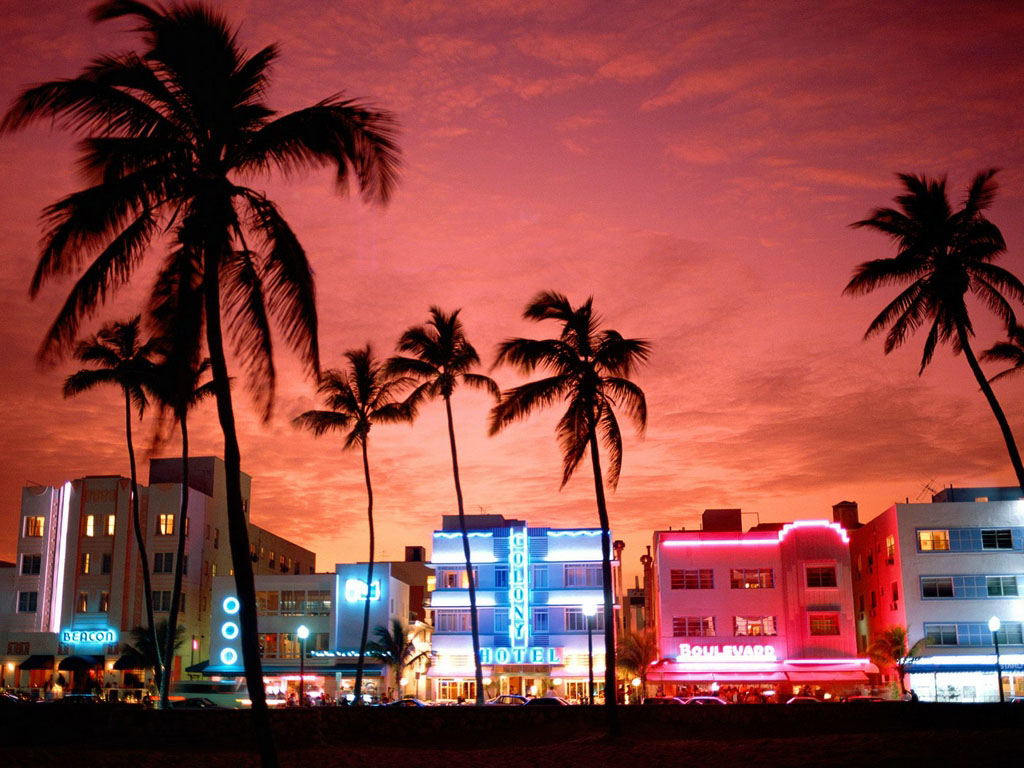
I
still
can’t
tell
you
what type of restaurant
Miami is best known for, considering there are a handful of new
restaurants
opening just about every week, all with different culinary influences.
But I
can tell you that a large majority of the city’s latest restaurants are
excellent. The
city’s dining scene was put on the map by some of the "old-timers" like
Michael Schwartz, the originator of the small plate
phenomenon that has now blanketed the dining scene in most major cities
across
the country. He is still one of the best at his craft. There’s Daniel
Boulud,
who made his mark in Miami this year when he opened the doors to DB
Bistro
inside the brand new Marriott Marquis. And there’s
Paula
DaSilva,
one
of
the
city’s
best
young
chefs,
groomed
under the guidance of Florida legend Dean Max. She recently opened 1500
Degrees
inside the Eden Roc Hotel. These are just a few of the contributors to
Miami’s
enormous dining scene.
Every single time I fly
down to Miami I eat very well. And not only are the restaurants
becoming better
and better but the city itself is as attractive as its ever been,
stacked high with
new buildings and hotels in sections that were once considered shady,
now, with bright
lights, clean streets and a beach packed with some of the most gorgeous
men and
women around. Gotta’ love Miami, even if it’s only for its sheer
sun-drenched splendor.
On
my
last
visit,
my
fourth
since
New
Year’s,
I
dined
at Stephen Starr's Makoto
restaurant in Bal Harbour and chef Douglas
Rodriquez’s
De Rodriguez Cuba
on Ocean while
staying at the swanky Hilton Bentley on South Beach. This three-day
trip happened to coincide with the NBA championship series, so the city
was red hot and bursting
with excitement. You can't imagine the partying going on in Miami!
Every
single bar, restaurant and club with a television was mobbed with fans.
The
festivities went late into the night and 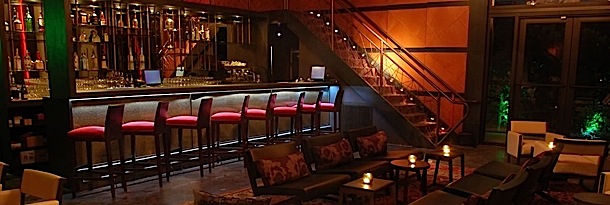 sometimes straight through the
day. I
have to admit, Heat fans are among the most loyal fans I’ve ever
encountered, but then again who wouldn’t be a die-hard fan if two
superstars
like Lebron James and Dwayne Wade were on their team?
sometimes straight through the
day. I
have to admit, Heat fans are among the most loyal fans I’ve ever
encountered, but then again who wouldn’t be a die-hard fan if two
superstars
like Lebron James and Dwayne Wade were on their team?
I remember sitting at
a great outdoor lounge and restaurant in Miami’s Wynwood Art District
called Cafeina (right) watching what
seemed like a sure win for the Heat in Game Two
but was
sadly ripped away by a roaring comeback from the Mavs. Cafeina cleared
out in about
two minutes after the defeat. I sat quietly and finished my caipirinha.
Just a
few days later I flew out to Dallas where the Mavs dominated with a
nine-point victory
before eventually heading back to Florida for Game Six , when Big D
hammered the
nail in the coffin to win the NBA championship. Sorry to make you Heat
fans
relive this emotional experience but you didn’t really think you were
going to
win your first year? Really, did you?
Back
to the story, I arrived in Miami mid-afternoon and checked into the
Hilton Bentley. Beyond the deluxe accommodations
and considerate staff, the Hilton Bentley sits directly on the beach as
the
only hotel beachfront in all of Miami with private chairs and drink
service.
Grab a chair and blanket if you are staying at the hotel and wait for
your
server to come by, order a drink, gaze out at the gorgeous ocean or
simply
look around; the women are very attractive. Rooms are all elegantly
appointed, and the hotel
staff is as cordial as you would hope for.
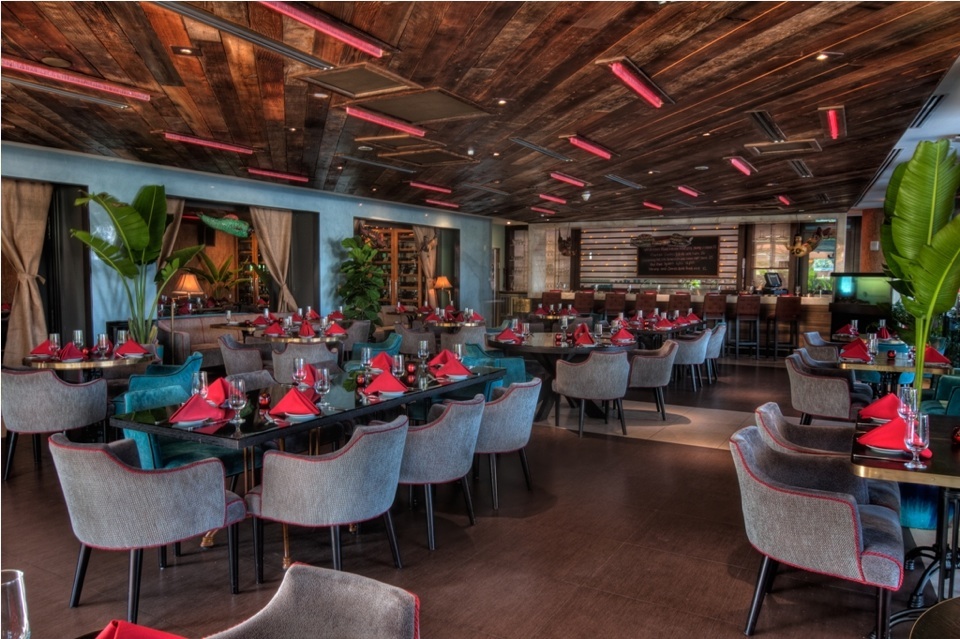 Next
to the lobby is
chef Douglas
Rodriquez’s restaurant De Rodriquez
Cuba on Ocean (left),
a
chic
hangout
for
excellent
upscale Cuban food. As long as the humidity is bearable, try to eat
outside
where there are a handful of tables set up along the blue-lit pool for
an extremely posh South Beach experience. The menu selection is a good
size,
filled with spicy ceviches, a raw
bar, smoked marlin tacos, fried pork belly and the churrasco,
a
marinated
skirt
steak.
The
night
I
dined
at
Cuba on
the Beach I was accompanied by large group of ladies, and Rodriguez
decided to
serve us the la caja china, an entire
roasted pig served with black beans, white rice and sweet plantains.
The whole
pig is for parties of fifteen or more and must be pre-ordered three
days in
advance. The meat is tender and juicy and shreds with the graze of the
fork
while the amber brown skin crunches with each bite. Underneath the
crispy skin
hides a layer of melting fat that adds richness to every forkful
of the salty,
moist meat. This pig is worth making a few new friends if you’re a
party of
under fifteen guests. After a few plates of the succulent swine, we
finished off
the evening with a short espresso, a glass of Macallan and then headed
over to
Louis in the Gansevoort, a nightclub for an evening of partying and
dancing. If you are looking
for an authentic Miami party, head to Louis, if you can get in.
Next
to the lobby is
chef Douglas
Rodriquez’s restaurant De Rodriquez
Cuba on Ocean (left),
a
chic
hangout
for
excellent
upscale Cuban food. As long as the humidity is bearable, try to eat
outside
where there are a handful of tables set up along the blue-lit pool for
an extremely posh South Beach experience. The menu selection is a good
size,
filled with spicy ceviches, a raw
bar, smoked marlin tacos, fried pork belly and the churrasco,
a
marinated
skirt
steak.
The
night
I
dined
at
Cuba on
the Beach I was accompanied by large group of ladies, and Rodriguez
decided to
serve us the la caja china, an entire
roasted pig served with black beans, white rice and sweet plantains.
The whole
pig is for parties of fifteen or more and must be pre-ordered three
days in
advance. The meat is tender and juicy and shreds with the graze of the
fork
while the amber brown skin crunches with each bite. Underneath the
crispy skin
hides a layer of melting fat that adds richness to every forkful
of the salty,
moist meat. This pig is worth making a few new friends if you’re a
party of
under fifteen guests. After a few plates of the succulent swine, we
finished off
the evening with a short espresso, a glass of Macallan and then headed
over to
Louis in the Gansevoort, a nightclub for an evening of partying and
dancing. If you are looking
for an authentic Miami party, head to Louis, if you can get in.
The following morning,
still in a slight haze, we drove over to the Doubletree Grand Biscayne
Bay for a
hearty
breakfast 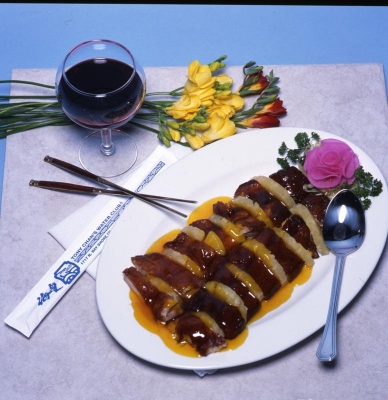 at Los Gauchitos,
an
Argentinean steakhouse on the base floor of the
property. After a quick bite it was off to our private yacht for an
afternoon
of leisure while cruising around Miami Beach and even stopping at times
for a
quick swim. The afternoon ended all to soon and we headed back to the
dock with
a fresh sun tan.
at Los Gauchitos,
an
Argentinean steakhouse on the base floor of the
property. After a quick bite it was off to our private yacht for an
afternoon
of leisure while cruising around Miami Beach and even stopping at times
for a
quick swim. The afternoon ended all to soon and we headed back to the
dock with
a fresh sun tan.
That evening we dined
at Tony Chan’s Water Club
inside the Doubletree, where chef Li was cooking
inside his enormous glass-enclosed kitchen. There’s tasty Peking
duck (right)
drizzled
with hoisin sauce wrapped up in homemade pancakes, pork dumplings,
spicy lamb
and giant balls of fried ice cream for dessert. The restaurant
literally sits
directly on the water, hence the name Waterclub, and looks out onto the
bay as
the sun sets and glistens off the water.
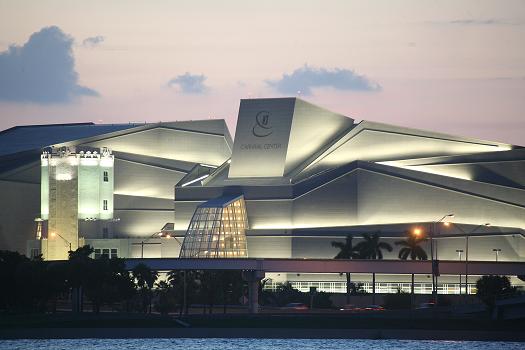 We rushed dinner this
evening because we were off to Miami’s six-year young Adrienne
Arsht
Center (left)
located in downtown Miami where we watched the Broadway show "Hair." I
will hold
my comments regarding the actual musical, but the arts center itself is
magnificent, the space is tremendous, just under 600,000 square
feet, and holds
upwards of 2,400 people. It has brought an element of needed class and
sophistication
to the downtown area. It is nice to see Miami expanding its arts scene
and
reforming a city that ten years ago was considered strictly a party
metropolis.
We rushed dinner this
evening because we were off to Miami’s six-year young Adrienne
Arsht
Center (left)
located in downtown Miami where we watched the Broadway show "Hair." I
will hold
my comments regarding the actual musical, but the arts center itself is
magnificent, the space is tremendous, just under 600,000 square
feet, and holds
upwards of 2,400 people. It has brought an element of needed class and
sophistication
to the downtown area. It is nice to see Miami expanding its arts scene
and
reforming a city that ten years ago was considered strictly a party
metropolis.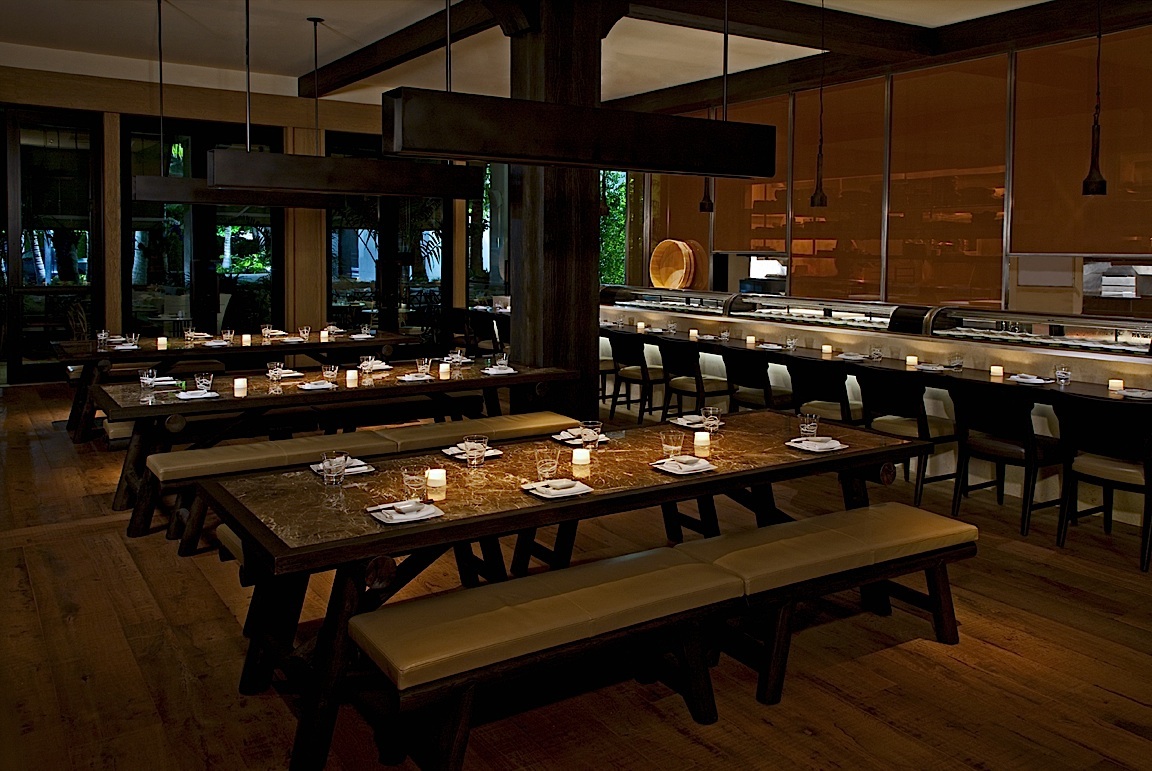
The
following
day
after
a
little
relaxation in the sun I drove up to Bal Harbour for
lunch at one
of Stephen Starr’s newest restaurants called Makoto (right). Chef Makoto Okuwa is a
trainee of Iron Chef Masahura Morimoto and is doing a terrific job in
South
Florida serving dynamic Japanese food inside a very grand space. You
can either
eat outside on white lounge cushions as the sun begins to set in the
evening or
inside the completely dark-wood dining room where long wooden tables
are fitted with
oak benches. The sushi menu is fairly typical, with prices that reflect
its high
quality fish. There’s also a regular menu with selections of toro tartare, spicy snapper ceviche and
roasted shishito peppers. Makoto is serving some of
the greatest noodle
dishes I’ve ever tasted, including the uni
fettuccine, kishimen noodles
with sweet wasabi and sea urchin butter, and the
Makoto Ramen, ground steak flavored with garlic, bean sprouts and red
chili.
There is a choice of three wagyu steaks and the house favorite, Kobe
steak
sliced thin and seared tableside over a burning hot black river stone
sided by
a ponzu dipping sauce.
Whether it is strictly
for business or pleasure I always eat well when in Miami. I have a few
more
trips coming up in the near future and my biggest dilemma is which new
restaurants will I dine at when visiting?
Follow @VirtualGourmet
❖❖❖
NEW
YORK
CORNER
by John Mariani
Photos by Kirsten Luce
LA
113A Middle Neck Road
Great Neck, NY
516-466-5666
www.restaurantlola.com/lola
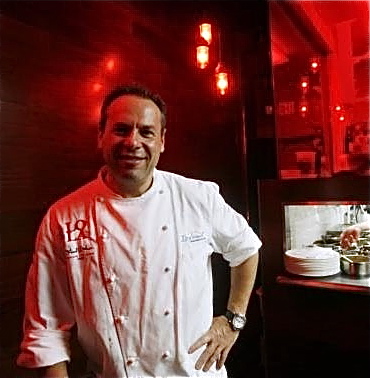 I don't get out to Long
Island much and have little familiarity with Great Neck, but my goal
was to eat Lola, the two-year old restaurant run by Michael Ginor (left), for whom I have long had
respect as one of the most influential and energetic chef-entrepreneurs
in America.
I don't get out to Long
Island much and have little familiarity with Great Neck, but my goal
was to eat Lola, the two-year old restaurant run by Michael Ginor (left), for whom I have long had
respect as one of the most influential and energetic chef-entrepreneurs
in America.
Born to an
expatriate Israeli family in Seattle, Ginor moved between
Israel and the United States before settling in New York
when he was 13. After college and grad school, he
became the youngest vice president
of brokerage house David Lerner Associates at 24, but like many
frustrated by the Wall Street ethos, Ginor left to fight
with the Israeli Defense Forces, serving
as a Captain and IDF spokesperson in the Gaza Strip. He returned
to 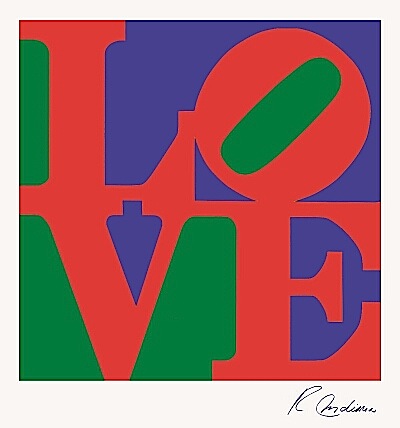 NYC
and
in
1990,
with
Izzy
Yanay,
a
fellow
Israeli
expat
and
expert
on
the production of foie gras,
founded
Hudson Valley Foie Gras, while continuing to study and work at
restaurants,
product development, charity work, food writing, and creating and
organizing
gourmet events, workshops and demonstrations. In his spare time he also
authored Foie Gras. . . A Passion, which
won the prestigious Prix la
Mazille for Best
International Cookbook of the Year in 1999. His
first restaurant, TLV in Great Neck, featured classic Israeli street
food.
In September 2009 he debuted Lola, where he is embracing all the global
food
cultures he has learned about in his travels. You can see why I
wanted to visited Lola.
NYC
and
in
1990,
with
Izzy
Yanay,
a
fellow
Israeli
expat
and
expert
on
the production of foie gras,
founded
Hudson Valley Foie Gras, while continuing to study and work at
restaurants,
product development, charity work, food writing, and creating and
organizing
gourmet events, workshops and demonstrations. In his spare time he also
authored Foie Gras. . . A Passion, which
won the prestigious Prix la
Mazille for Best
International Cookbook of the Year in 1999. His
first restaurant, TLV in Great Neck, featured classic Israeli street
food.
In September 2009 he debuted Lola, where he is embracing all the global
food
cultures he has learned about in his travels. You can see why I
wanted to visited Lola.
The name Lola is a play on Robert Indiana's LOVE
icon (right). Inside the
large dining room is done with a red glass-topped bar--the signature
cocktails here are really good--exposed red brick and exposed ceiling
pipes, and a lot of polished wood throughout. It's casual, lively, and
clearly an expression of Ginor's sensibility, which is writ large in
his cuisine. (Ironically, Ginor noted that 40 percent of
Great Neck's inhabitants keep kosher and never eat at Lola as a result.)
The moment we sat down out came a generous
slab of a cross between puffy focaccia and flat bread (left), glistening with sea salt and
olive oil. I could have stopped right there: this bread was so delicious, I wanted to eat
nothing else. But there was so much more to be savored from a menu
where just about everything is enticing. So push on we did.
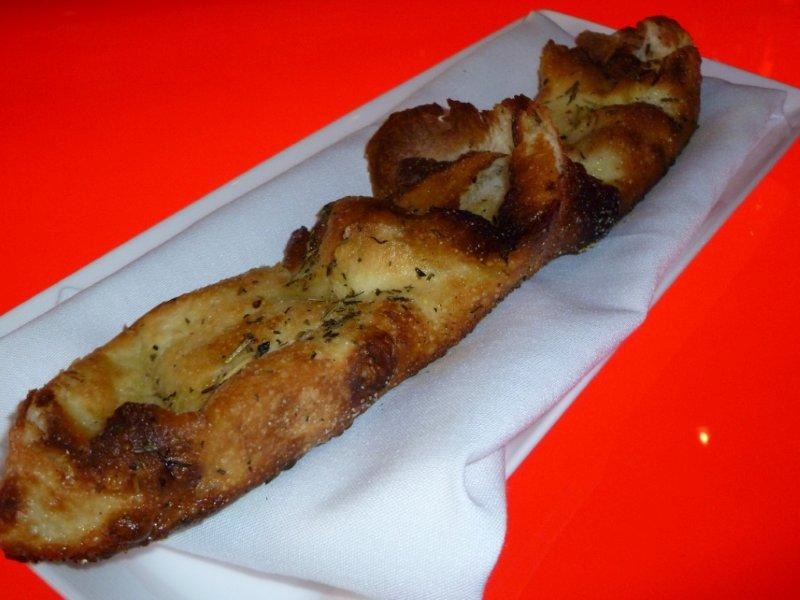 To
go
with
those
cocktails
or
at
any
table,
there
are
substantial
"snacks,"
which
include a variety of French tarts, puff pastry crust
(undercooked on one we tried) with toppings like truffle, pecorino,
and caramelized onion, and one with rock shrimp and leek cream.
Duck prosciutto is a terrific example, with rhubarb,
Gorgonzola,scallion and a sweet fig glaze.
To
go
with
those
cocktails
or
at
any
table,
there
are
substantial
"snacks,"
which
include a variety of French tarts, puff pastry crust
(undercooked on one we tried) with toppings like truffle, pecorino,
and caramelized onion, and one with rock shrimp and leek cream.
Duck prosciutto is a terrific example, with rhubarb,
Gorgonzola,scallion and a sweet fig glaze.
Among the first courses don't miss the tuna tartare
with sweet soy-mirin glaze and avocado tempura. If you read that you
might say, oh, that again, book read more closely--the first-rate tuna
chopped just finely enough, the saline and sweet aspects of the
sauce and the novelty of avocado tempura, crisp outside, lush within.
General Tso's sweetbreads are just like the usual chicken version, with
a sweet-sour batter and sauce, while the bayou sausage comes with
luscious rock shrimp and grits, a runny egg tempura, shellfish bisque
sauce. Whew! What a great dish! There is a platter of foie gras torchon, duck prosciutto, mostarda di cremona, pickled
cherries, and, as well as artisanal smoked and cured meats, not least
an array of rabbit-based charcuterie, all served with wonderfully
charred country bread. Since Ginor knows foie gras better than anyone
in the U.S.--and I've visited his duck farm up the Hudson--by all means
have the pan-seared fresh foie gras with a parsnip mousseline, 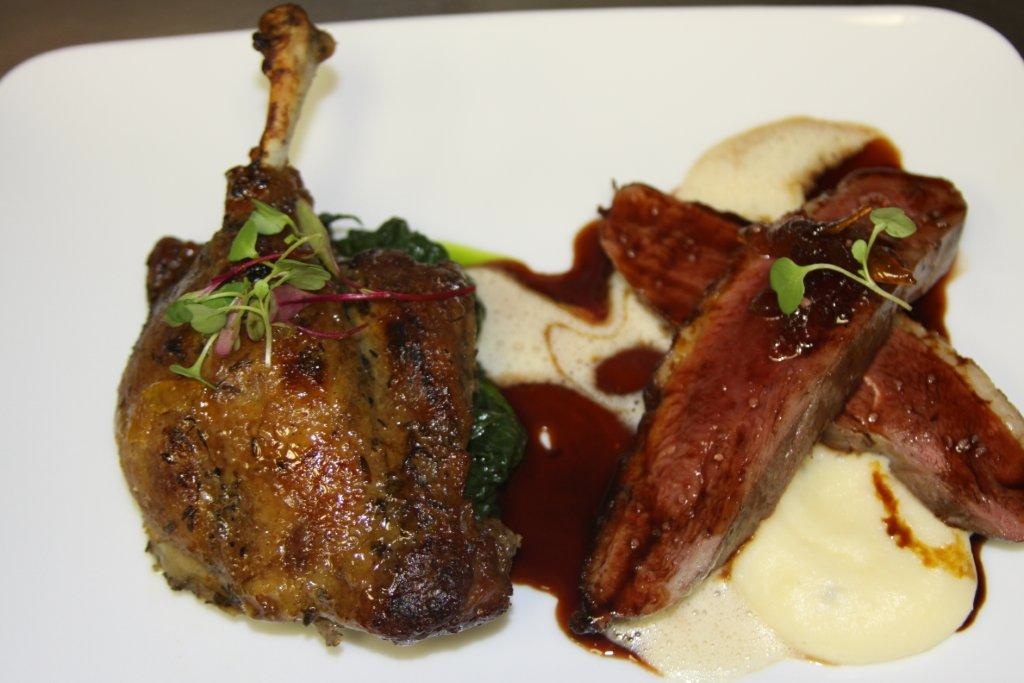 hazelnut croquante for crunch,
and Port-glazed figs. Sautéed octopus was all right, a little
fishy, with smoked paprika, lemon and garlic, and fava beans.
hazelnut croquante for crunch,
and Port-glazed figs. Sautéed octopus was all right, a little
fishy, with smoked paprika, lemon and garlic, and fava beans.
One
of
the
signature
dishes
here,
for
very
good
reason,
is
Ginor's
orange-glazed
moullard
duck breast and confit leg (right),
with
rich potato
mousseline, sweet carrot flan, and braised red cabbage: notice how all
the elements on his plates are entirely complementary, with no shock
value just to be outrageous. There is a fine red duck curry, too,
not very spicy, with pumpkin, "forbidden" black rice that is a terrific
additive, and tangy lemongrass emulsion. A hug Berkshire Heirloom
pork chop gets a guava glaze then a slick of ginger-scallion salsa
verde, spicy rice cakes, and sweet and sour collards.
As noted, this is rich food, and the richest of all
is the Kobe beef burger with caramelized onion confit, truffle cheese,
horseradish aïoli, and, for $5 more, torchon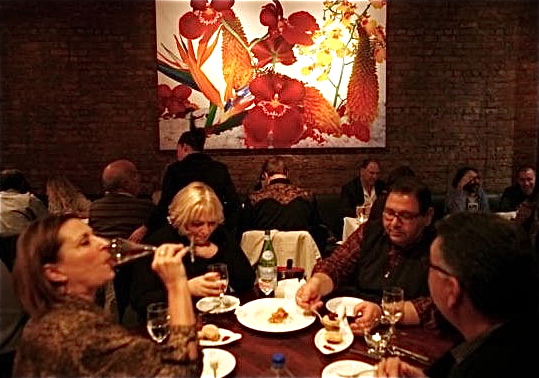 of
foie gras or seared fresh foie gras--and Lola cubed fries with
hot brava sauce on the
side. I took one bite, swooned with
pleasure, and sent the burger for sharing with the rest of my
tablemates. This dish packs a big, big wow.
of
foie gras or seared fresh foie gras--and Lola cubed fries with
hot brava sauce on the
side. I took one bite, swooned with
pleasure, and sent the burger for sharing with the rest of my
tablemates. This dish packs a big, big wow.
If there's any possible smidgen of room left, then
go right ahead and order the lemon meringue mousse with crumble or the
Lola Kit-Kat with hazelnut caramel and hazelnut ice cream. I just hadn't
the stamina to try a dulce de leche and butterscotch sundae. They also
have excellent petit-fours and chocolates at meal's end.
I was as amazed at the winelist as I was at the
menu, for there are an exceptional number of very good global
selections, with a large number of them under $50.
Ginor might well put a sign over his door reading,
"Here you really do get what you pay for." No one is going to balk at
the prices here, the portions here, or the generosity of spirit
here. Ginor knows how people love to eat with abandon. Lola
is a triumph of the notion that sometimes you just gotta indulge and do
it with gusto.

MAN ABOUT TOWN
by
Christopher Mariani
SF CHEFS 2011
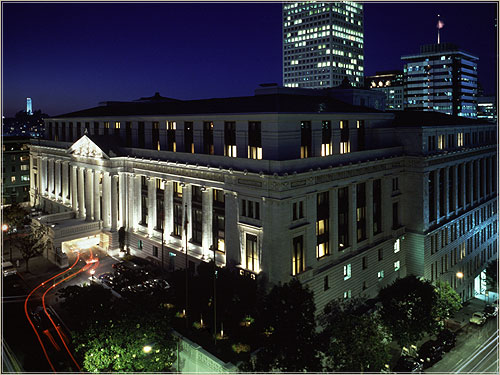 Two
weeks ago, after exiting San
Francisco International Airport, I jumped into the first cab I saw and
headed
straight for the Ritz -Carlton (left)
on
Stockton
Street,
where
I
would hang
about in
posh comfort for the next few nights following dinners at some of the
city’s
newest
and hottest restaurants. I was in town for the city’s culinary week, SF
Chefs
2011, where I would be judging the Illy Café Chef’s
Challenge to decide
which team of chefs would walk away with $20,000 to give to the charity
of
their choice, compliments of Chase Sapphire Visa Signature.
Arriving
at
any Ritz-Carlton is always an experience unlike that at any lesser
hotel i n the
city.
Bellhops swarm the car, open the doors, and carry in your luggage while
discreetly
checking the nametag on your bag so they can greet you
Two
weeks ago, after exiting San
Francisco International Airport, I jumped into the first cab I saw and
headed
straight for the Ritz -Carlton (left)
on
Stockton
Street,
where
I
would hang
about in
posh comfort for the next few nights following dinners at some of the
city’s
newest
and hottest restaurants. I was in town for the city’s culinary week, SF
Chefs
2011, where I would be judging the Illy Café Chef’s
Challenge to decide
which team of chefs would walk away with $20,000 to give to the charity
of
their choice, compliments of Chase Sapphire Visa Signature.
Arriving
at
any Ritz-Carlton is always an experience unlike that at any lesser
hotel i n the
city.
Bellhops swarm the car, open the doors, and carry in your luggage while
discreetly
checking the nametag on your bag so they can greet you 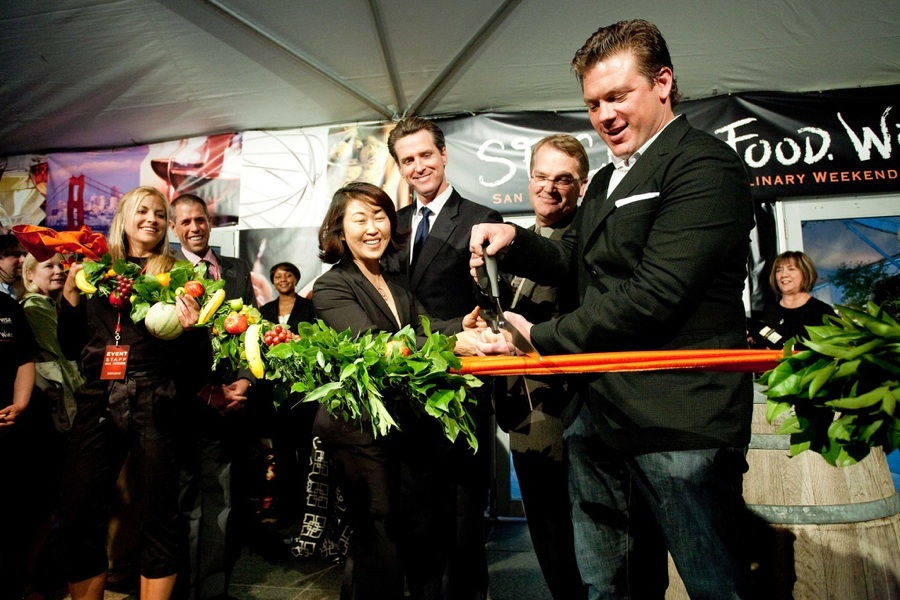 by your last
name and
notify the front desk that you have arrived, so that your check-in is
as
quick and
simple as possible. These seemingly effortless gestures continue
through the entire stay, especially when lodging on the Club Level
where
breakfast and lunch are served daily in the lounge and you 'll enjoy
the
best
concierge service in town.
by your last
name and
notify the front desk that you have arrived, so that your check-in is
as
quick and
simple as possible. These seemingly effortless gestures continue
through the entire stay, especially when lodging on the Club Level
where
breakfast and lunch are served daily in the lounge and you 'll enjoy
the
best
concierge service in town.
Following
a glass of white wine and a plate of cheese, I walked out of the Ritz
and headed
south on Stockton towards Union Square Park, where the SF Chefs tent
was set up
for grand tastings and cooking demos. For anyone who has never been to
San
Francisco, believe me when I tell you the hills are far steeper than
they
appear on television. While walking down Stockton towards the Tunnel, I
witnessed a tall woman wearing high
heels
exit
her
apartment
building
attempt
to
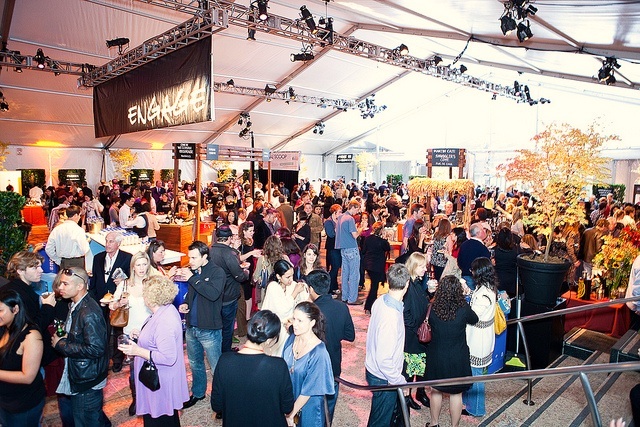 scale
down
the street. She had her arms as wide as they could go for
balance
and her knees bent while her feet shuffled down the vertical hill with
tiny
choppy steps to avoid a spill. She made it safely to the bottom
after declining my assistance.
scale
down
the street. She had her arms as wide as they could go for
balance
and her knees bent while her feet shuffled down the vertical hill with
tiny
choppy steps to avoid a spill. She made it safely to the bottom
after declining my assistance.
Finally
at Union Square I entered the massive white tent with a media pass and
was
amazed to see such an enormous turn-out. The tent was flooded with
locals
checking out the event while walking around with either a glass of wine
that
hung from their necks in a little girdle or a colorful cocktail served
in
martini glasses, most of which ended up on the floor, owing to the mass
of
attendees. Everyone was smiling and the crowd
stopped by each and every food station to taste signature dishes
prepared by
some of the city’s finest chefs. There were hundreds of chefs present
throughout the entire weekend, all cooking with a spirited fever,
making it clear
there was a friendly competition to serve the best dish in the tent.
There were
wonderful samples of pork belly, marinated skirt steak, fried
whitefish, cured
meats, chilled summer soups, and just about every dish under
the sun.
It was a grand evening of mingling, plenty of food and maybe too much
wine. The event was a great way to promote restaurants in the city, but
more
importantly to celebrate the extraordinary culinary scene in San
Francisco. Here
is a partial list of notable chefs who were cooking throughout the week
and played a 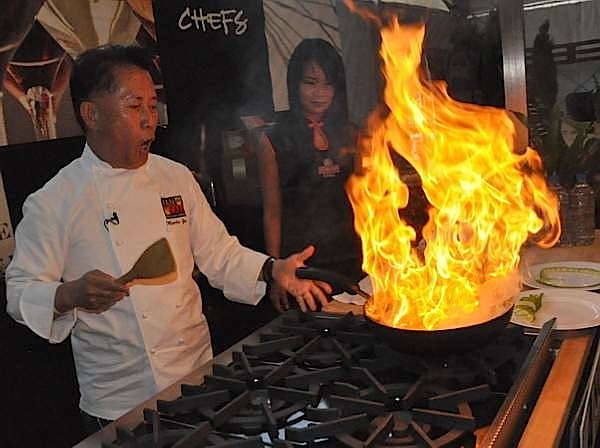 significant role in the SF Chefs 2011 extravaganza: Tyler
Florence,
Chris
Cosentino, Bob Helstrom, Michael Mina, Mark Sullivan, Nancy Oakes,
Hubert
Keller, Ron Siegel, David Bazirgan, Mark Dommen, Elizabeth Faulker,
Melissa
Perello, Xavier Salomon, Suzette Gresham, Charles Phan, and the
beautiful Dominique
Crenn.
significant role in the SF Chefs 2011 extravaganza: Tyler
Florence,
Chris
Cosentino, Bob Helstrom, Michael Mina, Mark Sullivan, Nancy Oakes,
Hubert
Keller, Ron Siegel, David Bazirgan, Mark Dommen, Elizabeth Faulker,
Melissa
Perello, Xavier Salomon, Suzette Gresham, Charles Phan, and the
beautiful Dominique
Crenn.
After
the
last
morsels
of
food
were
eaten
inside the tent and the last call for
drinks was announced, it was off to The City Club for the after
party where Wente
Wines were poured as chef/DJ Hubert Keller (below) spun the turn tables. At
some late hour of the night the party ended and with great luck I
caught a cab
and headed back to the Ritz. It most be noted, SF, although a terrific
city,
has one of the worst taxi services I have ever witnessed. It honestly
seems as
if there were only a handful of cabs in the entire city.
The
following
morning
after
a
hearty
breakfast
and
a tall cup of coffee, I walked
down to the Westin St. Francis where Michael Chiarello and Tyler
Florence
conducted a great cooking demo. I left a little early, only because I
wanted to
stop by the “Talking and Tasting Pork” presentation to eat some swine.
I then
headed back to the hotel for a short siesta before I would judge the
Illy Café
Chef Challenge.
 I was
on
a panel with three other judges, Fran Carpentier, Miriam Morgan, and
Margo True, to taste and assess the food prepared by Chris Cosentino
and
Elizabeth Faulkner, team one, and Dominique Crenn and Russell Jackson
on team
two. The idea was, who ever could create a better four-course meal
using Illy
coffee as the theme of each dish would be awarded $20,000 to be given
to the
charity of their choice. There were some good dishes and there were
some bad
ones. Experimenting with coffee, which can be an extremely potent
ingredient, is no
easy
task. I will say, there was a real sense of creativity in all the
dishes,
but that
did not mean they all translated into what one would want to eat as a
meal.
Regardless, the event was tons of fun and full of energy. In the end,
team
Cosentino/Faulkner walked away the victor. Below is a quick video
of all
the excitement.
I was
on
a panel with three other judges, Fran Carpentier, Miriam Morgan, and
Margo True, to taste and assess the food prepared by Chris Cosentino
and
Elizabeth Faulkner, team one, and Dominique Crenn and Russell Jackson
on team
two. The idea was, who ever could create a better four-course meal
using Illy
coffee as the theme of each dish would be awarded $20,000 to be given
to the
charity of their choice. There were some good dishes and there were
some bad
ones. Experimenting with coffee, which can be an extremely potent
ingredient, is no
easy
task. I will say, there was a real sense of creativity in all the
dishes,
but that
did not mean they all translated into what one would want to eat as a
meal.
Regardless, the event was tons of fun and full of energy. In the end,
team
Cosentino/Faulkner walked away the victor. Below is a quick video
of all
the excitement.
That
evening
there
was
another
grand
tasting
under
the Union Square tent followed by
the Late Night Booze and Bites party, hosted by Top Chef All-Star
Richard
Blais. Fabio Viviani, Jen Biesty, Marisa Churchill and many other Top
Chef
contestants were in attendance.
I left Monday morning
with a full stomach and the memory of one the greatest food and wine
festivals
I’ve ever attended, and that’s saying a lot, considering SF Chefs
is only
three years young. I will be writing about the restaurants I dined at
in a future
issue, but in the meantime let me remind everyone who has not
dined
around San Francisco that the city has a style
all its
own when it comes to cooking, and the restaurants are as good as you
will find
anywhere else in the country.
BRUTAL HEAT DOESN'T BOTHER ARIZONA
WINES. . . MUCH
by John Mariani
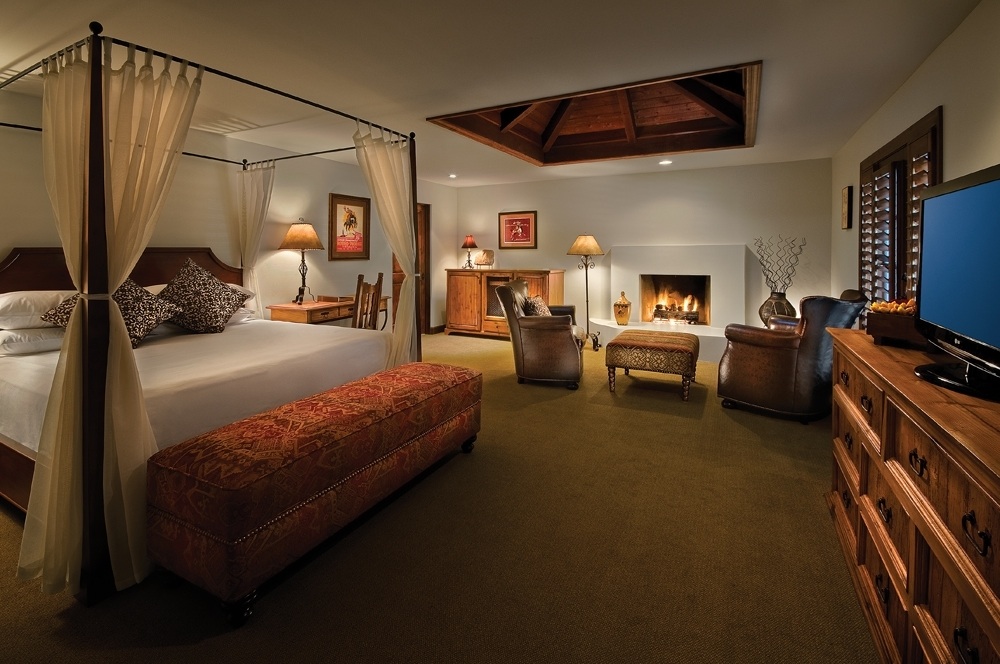 I learned two things
staying put in my room at The
Hermosa Inn (left) when
the temperature hit 107
degrees
in Scottsdale, Arizona: First, daytime TV is much worse than I
imagined, and
two, a bottle of Arizona wine helped get me through it till dinner.
I learned two things
staying put in my room at The
Hermosa Inn (left) when
the temperature hit 107
degrees
in Scottsdale, Arizona: First, daytime TV is much worse than I
imagined, and
two, a bottle of Arizona wine helped get me through it till dinner.
I
was
not
entirely
surprised
by
the
TV
shows
but
I
was
amazed
that
Arizona
makes
wine at all, given the withering heat and arid conditions grapes must
be forced
to grown in. But in fact, the state has 45 federally bonded and
licensed
wineries, many with fine western names like Tombstone, Bitter Creek,
Broken
Glass, Arizona Stronghold, and Javelina.
Spanish
missionaries made wine back in the 1700s, but modern viticulture with
European
vinifera grapes like chardonnay, cabernet sauvignon and grenache only
started
in 1973 in Sonoita.
Today there’s
even an Arizona Vines & Wines quarterly magazine, whose current
edition
concentrates on Arizona women involved in the industry, including Deb
Wahl of
Oak Creek Vineyards & Winery, which produces 1,500 cases a year of
zinfandel, syrah, merlot and chardonnay. Wahl says she moved to Sedona
after
9/11, “somewhere quieter [and] somewhere safe to raise my son.”
There
are
three
wine
trails
to
tour,
Verde
Valley
(northeast
of
Phoenix),
Sonoita
(south
of
Tucson), and Wilcox {southeast of Tucson), all in the high
desert, at
elevations between 3,800 and 6,000 feet, similar to those of Mendoza,
Chile,
which means temperatures will be 20 to 30 degrees lower than in Phoenix
and
Scottsdale. Even so, the few bottles sold shipped out of state through
the
Internet can 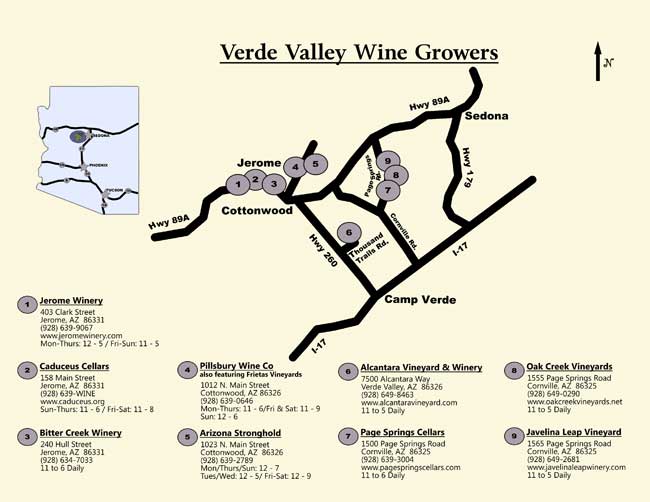 only be
shipped in cooler months.
only be
shipped in cooler months.
The wine I
drank in my lonely room was a Page
Springs Cellars Vino del Barrio 2009 ($15).
This family-owned winery is just 15 minutes south of Sedona, with a
tasting
room and weekly tours. Labeled simply “Arizona Red Wine,” it is a
reserve blend
of the winery’s best barrels and varietals. At a friendly 13.6 percent
alcohol,
it has a grapey flavor and an undercurrent of sweetness that would be
very good
at an Arizona pork barbecue or with soy sauce-based dishes. A wine like
this
loves salt and sweetness.
One night when
the temperature dropped to the chilly 90s, I went to FnB, one of
Scottsdale’s
most popular new restaurants, where Chef-owner Charleen Badman and
partner-sommelier Pavle Milic are extremely committed to introducing
guests to
the breadth of Arizona wines. The
ever-ebullient Mr. Milic, who kept calling me “My dear sir,” arrayed
flights of
Arizona bottlings that were all clean and well made, the reds tending
to be
dense and very full-bodied.
Pouring a Keeling-Schaefer
Three
Sisters
Syrah
2008 (about $18), Milic said, “In
a blind
tasting of red wines from Arizona, California and Europe, this wine won
out
over a Chateau Lynch-Bages, my dear sir.” I asked who did the tasting,
and he
said they chefs and wine experts. I wasn’t entirely surprised by the
outcome,
since big, dense reds tend to dominate more refined bordeaux in
tastings.
The
Keeling-Schafer, made “on the western slope of the Chiricahua
Mountains,” was,
however, very good, rich but not cloying, and goes well with smoky
items on FnB’s
menu like lamb tenderloin with summer tabouli, mint, and pomegranate.
I also enjoyed a 2008
Dos
Cabezas
Toscano
Red
Blend ($24) from Cochise County, a blend of sangiovese,
cabernet
sauvignon
and cabernet franc, which was nice and loose and pretty velvety on the
palate,
with a strong finish. Owned by Todd and Kelly Bostock since 1995, the
winery
moved it moved to Sonoita in 2003 and now makes 3,000 cases of various
wines
annually. At an alcohol level above 15 percent,
however, more than one glass might require a designated driver for the
night.
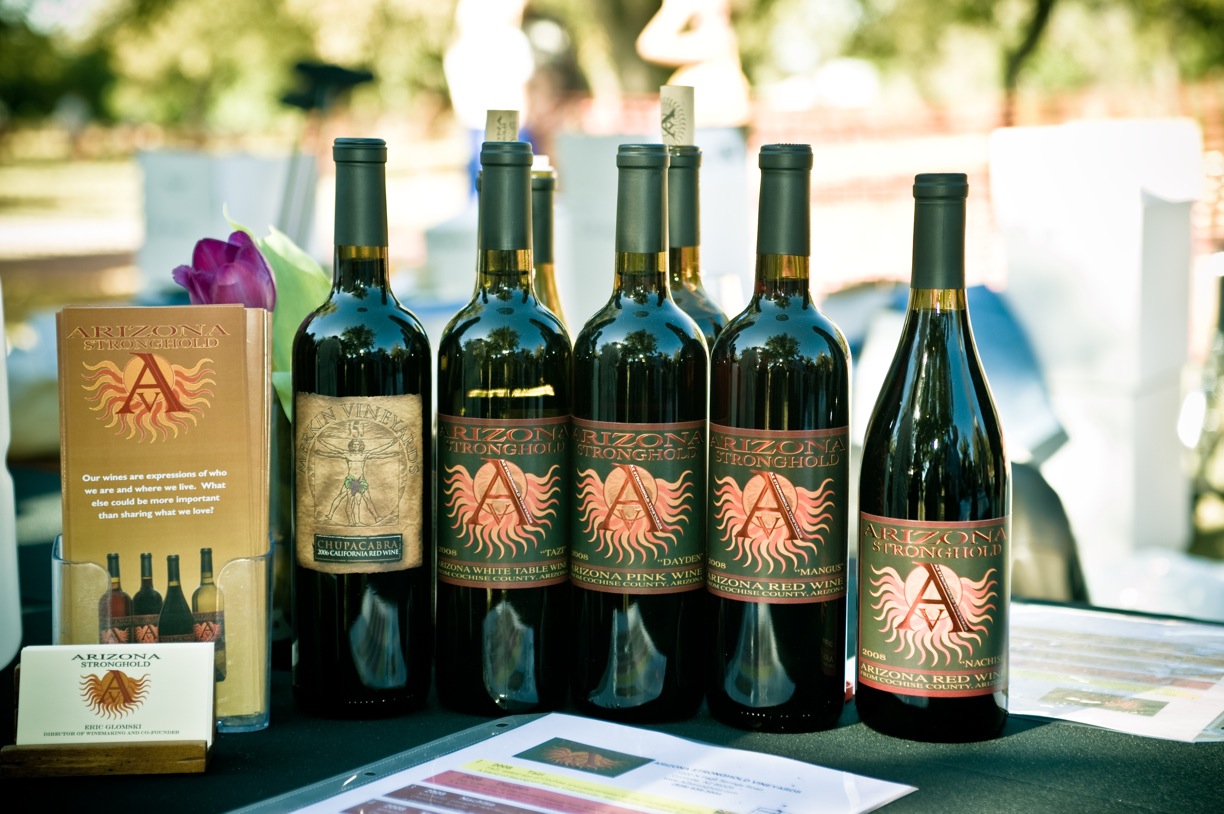 As the scent of
a mesquite grill floated in the air of the restaurant, I tried a
Callaghan “Back
Lot” Red Blend 2008 ($25) from Cochise County, an unusual blend
of
mourvedre
and zinfandel that had the flavors of deep cherry and a hint of
chocolate.
As the scent of
a mesquite grill floated in the air of the restaurant, I tried a
Callaghan “Back
Lot” Red Blend 2008 ($25) from Cochise County, an unusual blend
of
mourvedre
and zinfandel that had the flavors of deep cherry and a hint of
chocolate.
My favorite
white wine, “Ann’s Blend” ($22), from the same winery, was an
outstanding
accomplishment as a blend of 45 percent grenache blanc, 35 percent
verdelho,
and 20 percent symphony (a hybrid of muscat and grenache blanc created
at
University of California Davis).
Kent Callaghan’s
winery started in 1990, a year when Phoenix’s Shy Harbor Airport was
shut down
by a 120-degree heat wave. Even in Callaghan’s vineyards up in Elgin,
at 4,800
feet, it was 105, and he lost thousands of vines to the heat. He
replanted with
hearty varietals that could take the high temperature during the day
and the
cool desert nights.
Next time I’m
in Arizona, I hope it will be in winter. I’ll light a fire, watch the
steaks
grilling, and pop the cork on an Arizona wine and wait for the moon to
rise
over Cochise County.

"Tips for dining in Paris: The waiters. Never assume the restaurant personnel will be amicable. A disdainful look on entering is a safe start. This will give you time to measure up the situation. A bit like two dogs meeting. First there’s the growl, followed by a hair bristle, ending up with a bottom sniff and a tail wag. Same goes for the French, who like to know who they’re dealing with."—IOL.COM (aug. 18).
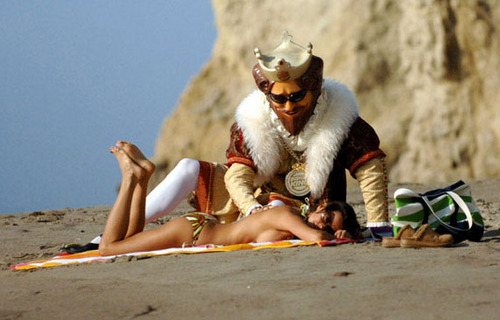 GREAT
MOMENTS
IN
GREAT
MOMENTS
IN
AMERICAN ADVERTISING HISTORY
Burger King has dumped its weirdo King character icon (left) with a new ad campaign for its California Whopper with pictures of fresh ingredients and no talking points. "People want a reason to go back to Burger King," Alex Macedo, senior marketing vice president, told USA Today. “"There are no plans to bring the King back anytime soon."
Any of John Mariani's books below
may be ordered from amazon.com.
" A fact-filled,
entertaining history [that] substantiates its title with hundreds of
facts in this meaty history of the rise of Italian food culture around
the
globe. From Charles Dickens's journey through Italy in 1844 to
20th-century
immigrants to America selling ice cream on the streets of New Orleans,
Mariani
constantly surprises the reader with little-known culinary anecdotes
about
Italy and its people, who have made pasta and pizza household dishes in
the
U.S. and beyond."--Publishers Weekly "Mariani admirably dishes out the story of Italy’s remarkable global ascent to virtual culinary hegemony....Like a chef gladly divulging a cherished family recipe, Mariani’s book reveals the secret sauce about how Italy’s cuisine put gusto in gusto!"--David Lincoln Ross, thedailybeast.com "Equal
parts
history,
sociology,
gastronomy,
and
just
plain
fun,
How
Italian
Food
Conquered
the
World
tells
the
captivating
and
delicious
story
of
the
(let's
face
it)
everybody's
favorite
cuisine
with
clarity,
verve
and
more
than
one
surprise."--Colman
Andrews,
editorial
director
of
The
Daily Meal.com. "A
fantastic and fascinating read, covering everything from the influence
of Venice's spice trade to the impact of Italian immigrants in
America and the evolution of alta cucina. This book will serve as a
terrific resource to anyone interested in the real story of Italian
food."--Mary Ann Esposito, host of PBS-TV's Ciao Italia. "John
Mariani
has
written
the
definitive
history
of
how
Italians
won
their
way
into
our
hearts,
minds,
and
stomachs.
It's
a
story
of
pleasure
over
pomp
and
taste
over
technique."--Danny
Meyer,
owner
of
NYC
restaurants
Union
Square
Cafe,
Gotham
Bar
&
Grill,
The
Modern,
and
Maialino.
|
 |
 |
 |
 |
 |
 |
 |
 |
 Everett
Potter's
Travel
Report:
Everett
Potter's
Travel
Report: 
 Eating
Las
Vegas is the new on-line site for Virtual Gourmet
contributor John
A. Curtas., who since 1995 has been commenting on the Las Vegas food
scene and reviewing restaurants for Nevada Public Radio. He is
also
the restaurant critic for KLAS TV, Channel 8 in Las Vegas, and his past
reviews can be accessed at KNPR.org.
Click
on
the
logo
below
to
go
directly
to
his
site.
Eating
Las
Vegas is the new on-line site for Virtual Gourmet
contributor John
A. Curtas., who since 1995 has been commenting on the Las Vegas food
scene and reviewing restaurants for Nevada Public Radio. He is
also
the restaurant critic for KLAS TV, Channel 8 in Las Vegas, and his past
reviews can be accessed at KNPR.org.
Click
on
the
logo
below
to
go
directly
to
his
site.

Tennis Resorts Online: A Critical Guide to the World's Best Tennis Resorts and Tennis Camps, published by ROGER COX, who has spent more than two decades writing about tennis travel, including a 17-year stretch for Tennis magazine. He has also written for Arthur Frommer's Budget Travel, New York Magazine, Travel & Leisure, Esquire, Money, USTA Magazine, Men's Journal, and The Robb Report. He has authored two books-The World's Best Tennis Vacations (Stephen Greene Press/Viking Penguin, 1990) and The Best Places to Stay in the Rockies (Houghton Mifflin, 1992 & 1994), and the Melbourne (Australia) chapter to the Wall Street Journal Business Guide to Cities of the Pacific Rim (Fodor's Travel Guides, 1991).

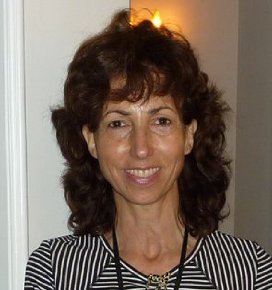
The Family Travel Forum
- A community for those who
"Have Kids, Still Travel" and want to make family vacations more fun,
less work and better value. FTF's travel and parenting features,
including
reviews of tropical and ski resorts, reunion destinations, attractions,
holiday
weekends, family festivals, cruises, and all kinds of vacation ideas
should be
the first port of call for family vacation planners. http://www.familytravelforum.com/index.html
ALL YOU NEED BEFORE YOU GO


MARIANI'S VIRTUAL GOURMET NEWSLETTER is published weekly. Editor/Publisher: John Mariani.
Contributing Writers: Christopher
Mariani, Robert Mariani,
John A. Curtas, Edward Brivio, Mort
Hochstein, Suzanne Wright, and
Brian Freedman. Contributing
Photographers: Galina Stepanoff-Dargery, Bobby Pirillo. Technical
Advisor:
Gerry McLoughlin.
To un-subscribe from this newsletter, click here.
© copyright John Mariani 2011
